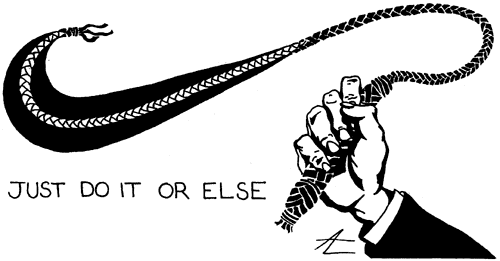One interesting thing that I read, was that at Duke University students, “stages a sit-in in the university president’s office to ensure that clothing bearing Duke’s name is not made in sweatshops,” (Kirk, 391). It is a dramatic move for students of a university to take a stand and demand that their own clothing is not made by poor children. Through this protest, hundreds of other schools took the pledge to ensure that their logos are not being sewn in a sweatshop either. In response to those protests, the U.S. Department of Labor, “mounted a media campaign focusing on industry ‘trendsetters,’” (Kirk, 391). This caught President Bill Clinton’s attention that in return formed the Apparel Industry Partnership that combined the industry, labor and human rights organizations. The partnership created a code of conduct which limited the number of hours someone could work, strict regulations for healthy and safety measures and no forced child labor. One big different it made was that wages must meet the minimum wage.

http://www.tabberone.com/Trademarks/SweatShops/LittleSweatShop/sweatshop.gif
In 2002, the partnership, “won another victory…when twenty-six major apparel companies (including Gap and Gymboree) settled a lawsuit in favor of workers on the island of Saipan in the western pacific,” (Kirk, 392). The companies agreed to pay back several wages in a total amount of $20 million. This sparked sweatshop and maquiladoras workers all over the world. In Mexico, several women after being laid off established the Maquiladora Dignidad y Justicia (Dignity and Justice Maquiladora Company).

http://www.montgomeryschoolsmd.org/clipart/jpeg/IndiaLarge/sweatshop_mumbai.jpeg
Kirk, Gwyn, and Margo Okazawa-Rey. “Women’s Lives: Multicultural Perspectives.” The McGraw-Hill Companies, Inc. New York, NY. 2007.


No comments:
Post a Comment